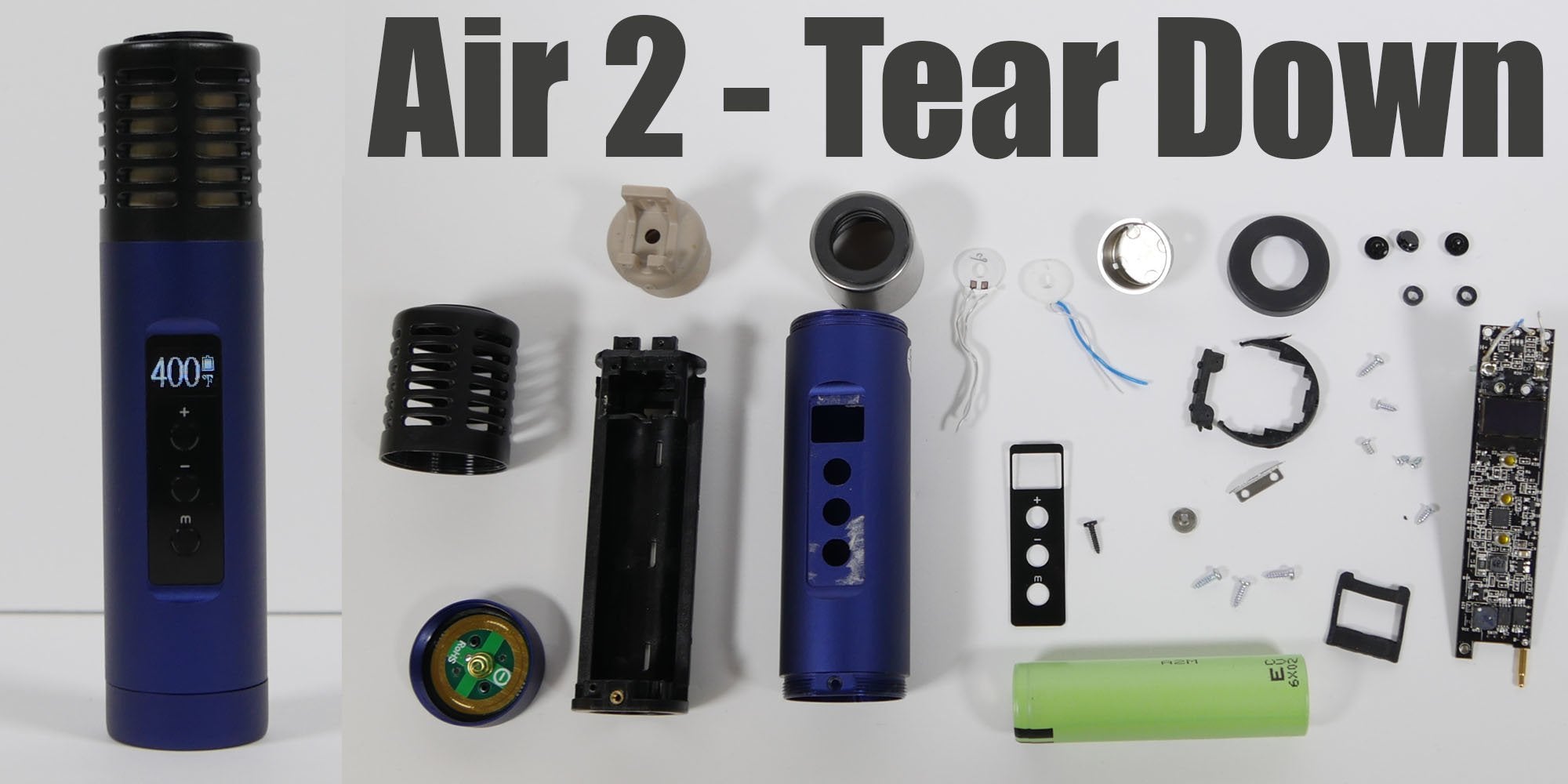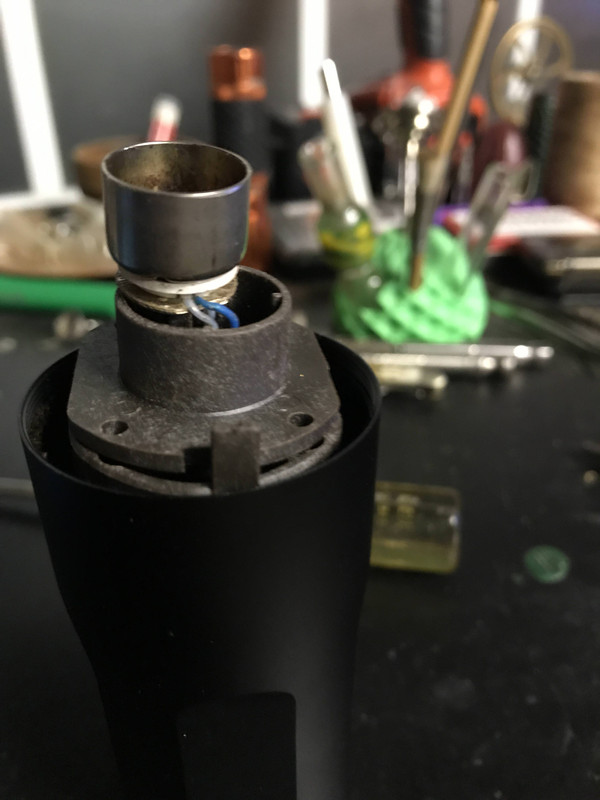nms
Well-Known Member
I am still a newbie, but I can attest that the best way to learn something is to have a reason to learn it for!

I am still a newbie, but I can attest that the best way to learn something is to have a reason to learn it for!

The ceramic body is isolated from the air path? I believe this is not right according to the pictures shown previously. This would also make it impossible for hotter air(than oven air) to enter the oven which is obviously happening. I think you have a personal deal against solo being convection
.
Ad Hominem/Poisoning the Well: Attacking the people argumenting in order to reduce their credibility.I've 'won over' most who objectively looked at this.
Ad Hominem/Poisoning the Well:Just because sales types told you so, and you wish it was true since you know 'convection is better' doesn't make it so.
There was considerable effort to show this by well intentioned Members earlier in this thread, they failed to show any air hotter.
I've suggested a simple test (pulling the stem up so conduction is blocked) that seems to show the heated air is not sufficiently hot to support normal vaporization
Appeal to the stone (argumentum ad lapidem) – dismissing a claim as absurd without demonstrating proof for its absurdity.No magic or unicorn action here.
As you would expect following Thermodynamics.
Since this discussion heavily abuses fallacious logic, I won't have it. You may be absolutely right, but this is not the kind of environment where I find a discussion valuable. I mean no disrespect and I don't mean to attack you.
Not AFAIK, but then again why does that matter?

as to not exceed the power supply capabilities


My heater with the PWM wide open (100% duty cycle) increases temperature at 40°F per second. There must be a formula for calculating power draw from that factoid.
i still would like to know the formula for heat transfer to the air passing the heater walls. Even in an idealized case.
It is not at all a simple deal as with conduction, because in conduction both parts of the system are static, in convection, even without forcing air movement, the air does move as it heats.
Curiosity my dear, curiosity...
But indeed since it's a sensored system, resistance change doesn't matter much. But current must still be monitored in case the material has a negative coefficient and resistance lowers as temperature rises, as to not exceed the power supply capabilities.
OF, pure convection is indeed all that, because you need to transfer 200ºC of heat energy into ambient temperature weed through air alone. That's a lot of energy. But on hybrid devices, the oven is generally put to a stable temperature near the intended vaporization chamber. The air reaching this, doesn't need to transfer that much energy to elevate the temperature just a few more degrees. This doesn't mean that convection is no longer happening, as I've come to believe, air a few degrees above the temperature in the oven will transfer this additional energy to the weed as it passes through, and this is a fluid transfering heat, so it's convection, and this does change the experience, opposite to entirely cold air going through.
I've been thinking of a true hybrid vape since someone here suggested it a bit ago. One with two separate heater systems.
I think you forget one detail:
The heat from the heater, the hotest part in the system will first heat the ceramic element, which is also in contact with air and as measured before with whatever error at more than 300ºC, then it will heat the metal chamber, then it will heat the glass(this for sure will take a while) and then it will heat the outer weed as it crawls to the inner weed.

Yeah, Storz & Bickel did that many moons ago. It’s called Crafty/Mighty. There’s a convection heater below the bowl and a separate conduction heater which encompasses the sidewalls of the bowl. True hybrid.
The blue (and white) wire does power the heater, but it is the lower "donut". The upper donut has clear leads and is the temp sensor.
Edit: I took some pictures to show the donuts better. Notice the blue and white/clear wires going to the bottom donut (heater).

Here you see the clear wires going into the temp sensor on the upper donut.

I ran an experiment measuring both ceramic discs during heatup to 7:

Notice that the heater gets hotter than it did in my first graph comparing the heater to the chamber floor. I'm thinking that is due to the fact that this test was run just like you see it in the pictures, exposed and outside of it's normal home where it is insulated a bit (first test was done with the entire assembly put back together). The heater in turn has to work harder to get the temp sensor to read ~260°C. That's the max temp the heater reached in my first test so it seems that Arizer programmed setting 7 to be 260°ish at the only sensor.
The fact that this was in question boggled my mind as well. That's why I felt that it needed to be addressed.

Marcus Storz got a patent for hybrid tech. He then used that tech to create the Volcano Hybrid. Also the new Firewood touts adding conduction to it's mostly convection design.Again, I know of now available vapes that can honestly demonstrate hybrid vapor production, does anyone?


Marcus Storz got a patent for hybrid tech. He then used that tech to create the Volcano Hybrid. Also the new Firewood touts adding conduction to it's mostly convection design.
Oh, and of course Arizer portables.
There are plenty of others as well. It's not a short list.

Even molecules that come very close are blocked from direct cntact by the 'boundry layer' of air immediately in contact with the surface which is not actually moving (as happens in high speed airplanes, boat hulls and such.
OF
Has anyone considered modeling the arizer heater in CAD and performing a finite element analysis? I don't think experiments with temperature probes provide enough information to get a full understanding of the heat transfer at play.
My gut tells me that what OF says is closer to the truth, mostly because the design of the heater doesn't seem to facilitate convective heat transfer. There just isn't a great enough heater surface area to air volume ratio for me to believe that the heater is capable of heating the incoming air to vaporization temperatures, even for a second.
Correct me if I'm wrong, but are you assuming the flow around the heater to be laminar? Because it's my understanding that if the flow is turbulent there will be more mixing between the boundary layer (heated air in this case) and the bulk fluid. Not that I think this would be enough heated air to heat the rest of the incoming air enough to contribute to vaporization of the load.
My gut tells me that what OF says is closer to the truth, mostly because the design of the heater doesn't seem to facilitate convective heat transfer. There just isn't a great enough heater surface area to air volume ratio for me to believe that the heater is capable of heating the incoming air to vaporization temperatures, even for a second.
Correct me if I'm wrong, but are you assuming the flow around the heater to be laminar? Because it's my understanding that if the flow is turbulent there will be more mixing between the boundary layer (heated air in this case) and the bulk fluid. Not that I think this would be enough heated air to heat the rest of the incoming air enough to contribute to vaporization of the load.
Also the thermistor in the center of the weed test wouldn't actually result in lower temperature during draw if no coming air was adding energy and was removing it instead? What explanation do you have for this detail? Even if the heater suddenly overshoots temperature how can it travel all media to provide such a responsive heat increase to the center of the chamber? If no energy was being provided by the air but removed how would the balance allow this to happen? "

Thank you, I don't know the vape, never even touched one. Do you by chance know of any documentation or teardown photos of this? What are the two temperatures? Is the 'convection' really hotter or is it simply a different implementation of preheater (which will, of course, boost vapor production by 'stealing less heat' but will in fact make no vapor on it's own)?
Without peeking I'm sure the maker claims
I assume you own one, how does it behave in use? Does a heat soak (no draw) improve the next hit like a typical conduction vape? Or does a pause let the load cool and make it harder to get a hit going on the next pull like typical Convection vapes do? Can you keep pulling and end up combusting (another convection trait)? How's the battery life (convection is a power hog)? TIA
For sure no such set up exists in Solo. It might with this one? Thanks for the lead, but I think I need to understand a bit more to comment intelligently.

I assume you own one, how does it behave in use? Does a heat soak (no draw) improve the next hit like a typical conduction vape? Or does a pause let the load cool and make it harder to get a hit going on the next pull like typical Convection vapes do? Can you keep pulling and end up combusting (another convection trait)? How's the battery life (convection is a power hog)? TIA
I think this design contributes to the good flavor the Solo is known for. Since the center/top of the herb takes a long time to heat soak you get many hits which taste great and produce vapor, the vapor being produced from the edges of the load, and the flavor being preserved in the middle. Then once the oven finally heat soaks the middle gets vaporized and the last few hits lose that flavor.
I think a lot of people mistake the fact that the flavor is preserved so well to mean that the oven has convection heating at play. Once we divorce ourselves from the notion that convection is naturally better (which I disagree with vehemently, and I imagine OF does as well) this discussion becomes a lot easier, since saying the Solo is conduction is no longer perceived as pejorative.
Marcus Storz got a patent for hybrid tech. He then used that tech to create the Volcano Hybrid. Also the new Firewood touts adding conduction to it's mostly convection design.
Oh, and of course Arizer portables.
There are plenty of others as well. It's not a short list.

